- Choosing the Right Spot
- 1. Sun Exposure
- 2. Soil Quality
- 3. Accessibility to Water
- 4. Protection from Harsh Elements
- 5. Space and Growth Potential
- Preparing the Soil
- 1. Choose the Right Location
- 2. Clear the Area
- 3. Amend the Soil
- 4. Test the Drainage
- 5. Prepare the Planting Holes
- 6. Backfill and Water
- Selecting the Right Variety
- Planting Techniques
- 1. Choose the right location
- 2. Prepare the soil
- 3. Dig the planting hole
- 4. Backfill the hole
- 5. Mulch around the plant
- 6. Water and fertilize regularly
- 7. Monitor and maintain
- Watering and Fertilizing
- Watering
- Fertilizing
- Pruning and Maintenance
- When to prune
- Tools for pruning
- Pruning techniques
- Caring for pruned plants
- Dealing with Pests and Diseases
- 1. Identify the Problem
- 2. Practice Good Hygiene
- 3. Use Natural Remedies
- 4. Introduce Beneficial Insects
- 5. Choose Resistant Varieties
- 6. Monitor Regularly
- 7. Seek Professional Help if Needed
- Winter Care and Protection
- 1. Mulch
- 2. Watering
- 3. Protecting from Frost
- 4. Preventing Wind Damage
- 5. Pruning
- 6. Plant Selection
- Q&A:
- How often should I water my Rheo plant?
- What kind of soil is best for Rheo plants?
- How often should I fertilize my Rheo plant?
- Can I propagate my Rheo plant?
- How much sunlight does my Rheo plant need?
- How do I prune my Rheo plant?
- Video: 9 Beginner Gardening Mistakes to Avoid ❌
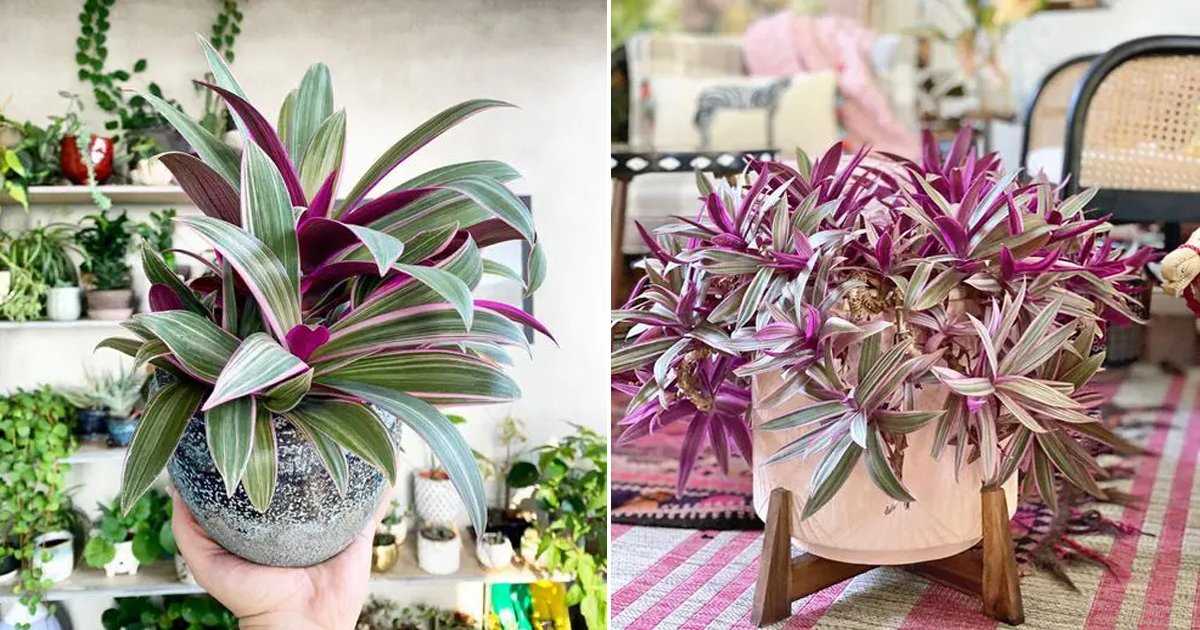
Gardening is a rewarding and fulfilling hobby that allows us to connect with nature and create beautiful spaces in our homes. Whether you have a large outdoor garden or a small indoor space, growing plants can bring joy and beauty to any environment. One versatile and resilient plant that is perfect for both beginner and experienced gardeners is the Rheo plant.
The Rheo plant, also known as Tradescantia spathacea, is a popular choice for indoor gardening due to its vibrant foliage and low maintenance requirements. Its unique leaves, which have a striking purple underside and green upper side, create a visually appealing contrast that can brighten up any room. Additionally, the Rheo plant is known for its ability to purify the air, making it a great choice for those looking to improve indoor air quality.
When it comes to planting and caring for Rheo plants, there are a few key tips to keep in mind. First, it is important to choose the right container and soil. The Rheo plant prefers well-draining soil, so be sure to use a pot with drainage holes and a potting mix that is specifically designed for indoor plants. It is also essential to place the plant in a location that receives bright, indirect light. While the Rheo plant can tolerate low light conditions, it thrives in moderate to bright light, so try to find a spot near a window where it can receive a few hours of sunlight each day.
In terms of watering, the Rheo plant requires regular watering, but it is important not to overwater. Allow the soil to dry out slightly between waterings, and be sure to drain any excess water from the saucer or tray to prevent root rot. Additionally, the Rheo plant benefits from regular fertilization during the growing season. Use a balanced, water-soluble fertilizer every four to six weeks to provide the plant with essential nutrients.
In conclusion, the Rheo plant is a beautiful and resilient plant that can thrive in both indoor and outdoor environments. By following these essential tips for planting and caring for Rheo plants, you can create a vibrant and thriving garden in your own home. So go ahead, bring a touch of nature indoors and enjoy the benefits of gardening with the Rheo plant.
Choosing the Right Spot
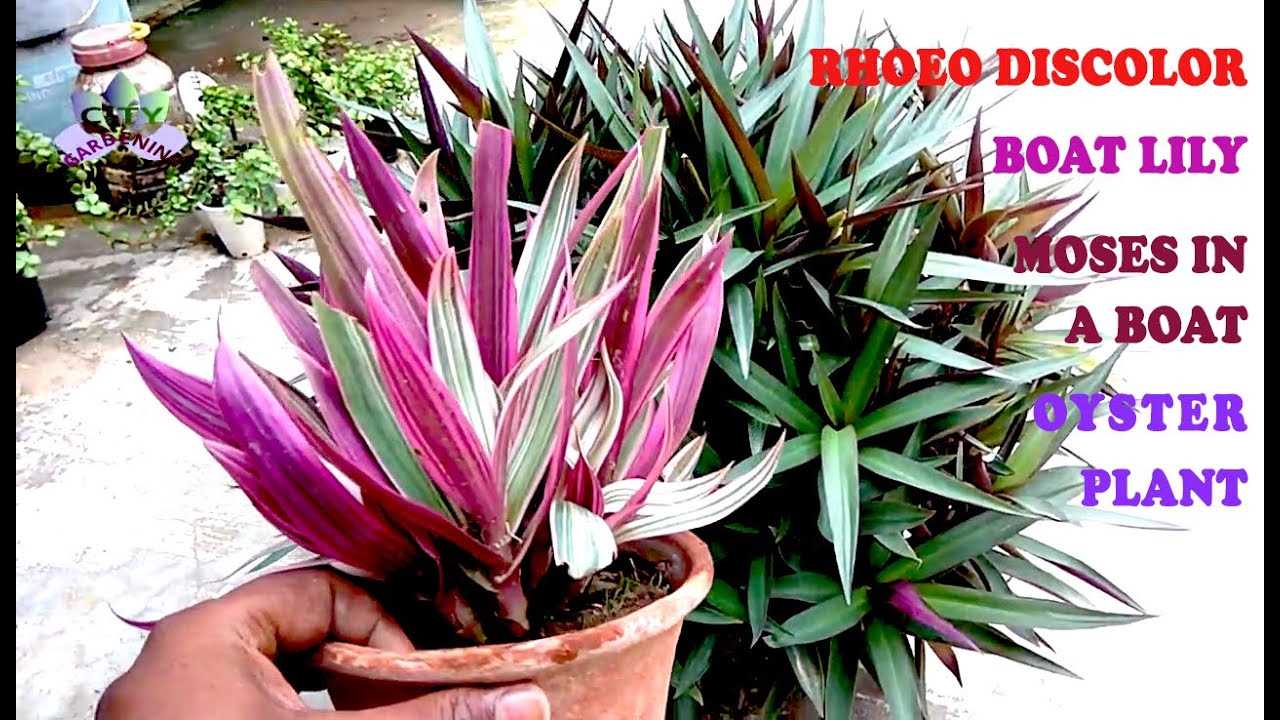

When it comes to planting and caring for plants at home, one of the most important factors to consider is choosing the right spot. The success of your plants will depend largely on the location you choose for them.
1. Sun Exposure
One of the key considerations when choosing a spot for your plants is the amount of sun exposure they will receive. Most plants require at least 6 hours of direct sunlight per day, so it’s important to choose a spot that offers this. Keep in mind that different plants have different sun requirements, so make sure to do your research before selecting a spot.
2. Soil Quality
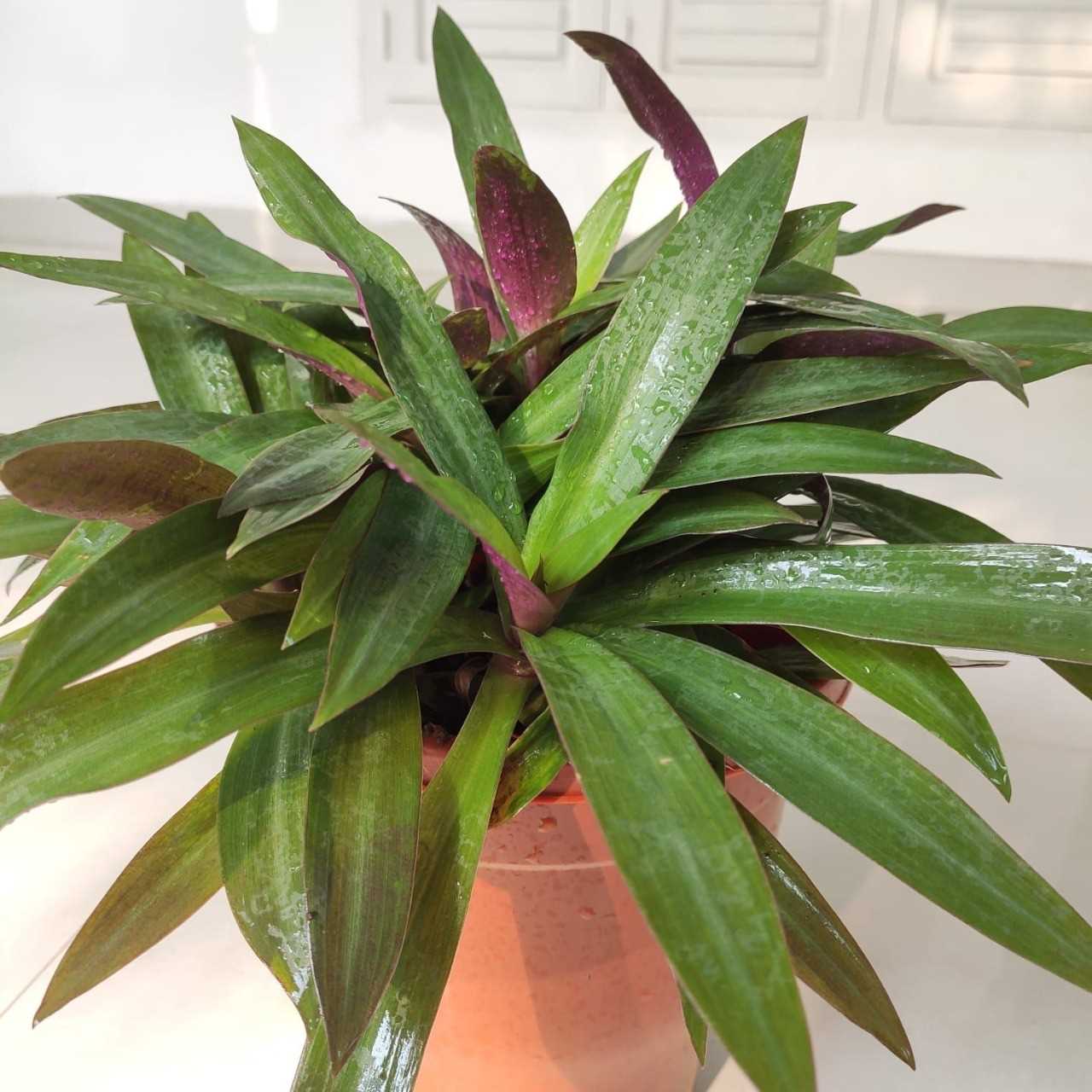

The quality of the soil in the chosen spot is another crucial factor to consider. Plants need nutrient-rich soil that drains well. Conduct a soil test to determine the pH level and fertility of the soil. This will help you determine if any amendments need to be made, such as adding compost or organic matter to improve the soil quality.
3. Accessibility to Water
Plants need regular watering, especially during hot and dry periods. Therefore, it’s important to choose a spot that is easily accessible to water sources. This will make it easier for you to provide your plants with the necessary hydration without any hassle.
4. Protection from Harsh Elements
Consider the protection your plants will receive from harsh elements such as strong winds, heavy rain, and extreme temperatures. If your chosen spot is prone to these conditions, you may need to provide additional protection, such as using windbreaks or constructing shade structures.
5. Space and Growth Potential
Finally, consider the space and growth potential in the chosen spot. Make sure that there is enough room for your plants to grow and spread their roots. Keep in mind the mature size of the plants and provide adequate spacing between them to prevent overcrowding.
By taking these factors into consideration, you can choose the right spot for planting and caring for your plants at home. This will greatly enhance their chances of thriving and will make your gardening experience more enjoyable.
Preparing the Soil
Before planting your Rheo plants, it is important to prepare the soil to provide them with the best growing conditions. Here are some essential tips for preparing the soil:
1. Choose the Right Location
Find a location in your garden that receives partial to full sunlight. Rheo plants prefer bright, indirect light, so avoid placing them in areas with direct sunlight all day.
2. Clear the Area
Remove any weeds or grass from the planting area. Dig up the area using a garden fork or shovel to loosen the soil and remove any large rocks or debris.
3. Amend the Soil
Check the soil’s pH level and amend it if necessary. Rheo plants prefer slightly acidic to neutral soil with a pH level of 6.0 to 7.0. If the pH level is too high or too low, you can add lime or sulfur to adjust it accordingly.
Additionally, enrich the soil with organic matter such as compost or well-rotted manure. This will improve the soil’s fertility, drainage, and moisture-holding capacity, creating a favorable growing environment for your Rheo plants.
4. Test the Drainage
Before planting, test the soil’s drainage to ensure it is not too compacted or prone to waterlogging. Dig a hole in the planting area and fill it with water. If the water drains slowly or sits on the soil surface for an extended period, you may need to improve the drainage by adding sand or organic matter.
5. Prepare the Planting Holes
Dig individual planting holes for each Rheo plant, ensuring they are spaced at least 12 inches apart. The holes should be deep enough to accommodate the plant’s root ball. Consider the mature size of the Rheo plants when determining the spacing between the holes.
6. Backfill and Water
Fill the planting holes with the amended soil, gently firming it around the root ball. Water the soil thoroughly to settle it and provide initial moisture to the newly planted Rheo plants.
By following these soil preparation tips, you can create an ideal environment for your Rheo plants to thrive and grow healthily in your home garden.
Selecting the Right Variety
When it comes to planting and caring for plants at home, selecting the right variety is crucial for ensuring their success and maintaining their health. Here are some essential tips to consider when choosing the right variety for your garden:
- Consider your climate: Different plant varieties have different temperature and climate requirements. Before selecting a variety, make sure to research its preferred climate conditions and ensure that it is suitable for your region.
- Think about space: Consider the available space in your garden and choose plant varieties that fit well within it. Some plants require more space to grow and spread their roots, while others can thrive in smaller containers or raised beds.
- Consider the purpose: Determine why you want to plant a particular variety. Are you looking to add color to your garden, grow herbs for cooking, or attract pollinators? Understanding the purpose will help you select the right variety that meets your goals.
- Check maintenance requirements: Different plant varieties have different maintenance requirements. Some may require regular pruning, watering, or fertilizing, while others may be low-maintenance. Consider your available time and resources before selecting a variety that fits into your gardening routine.
- Research disease resistance: Certain plant varieties are more resistant to common diseases and pests. Research and choose varieties that have a higher level of disease resistance to minimize the risk of plant damage and losses.
- Consider your gardening experience: If you are a beginner gardener, it is recommended to choose plant varieties that are easy to grow and care for. Look for varieties that are known for their adaptability and resilience.
Taking the time to select the right variety for your garden will greatly increase your chances of success and ensure that your plants thrive. Remember to consider your climate, available space, purpose, maintenance requirements, disease resistance, and your own gardening experience.
Planting Techniques
Proper planting techniques are essential for the success of your plants. Here are some tips to help you plant your plants effectively:
1. Choose the right location
Be sure to select a location that suits the needs of your plants. Consider factors such as sunlight, soil type, and drainage. Some plants require full sun, while others prefer partial shade. Make sure the soil is well-drained to prevent waterlogging.
2. Prepare the soil
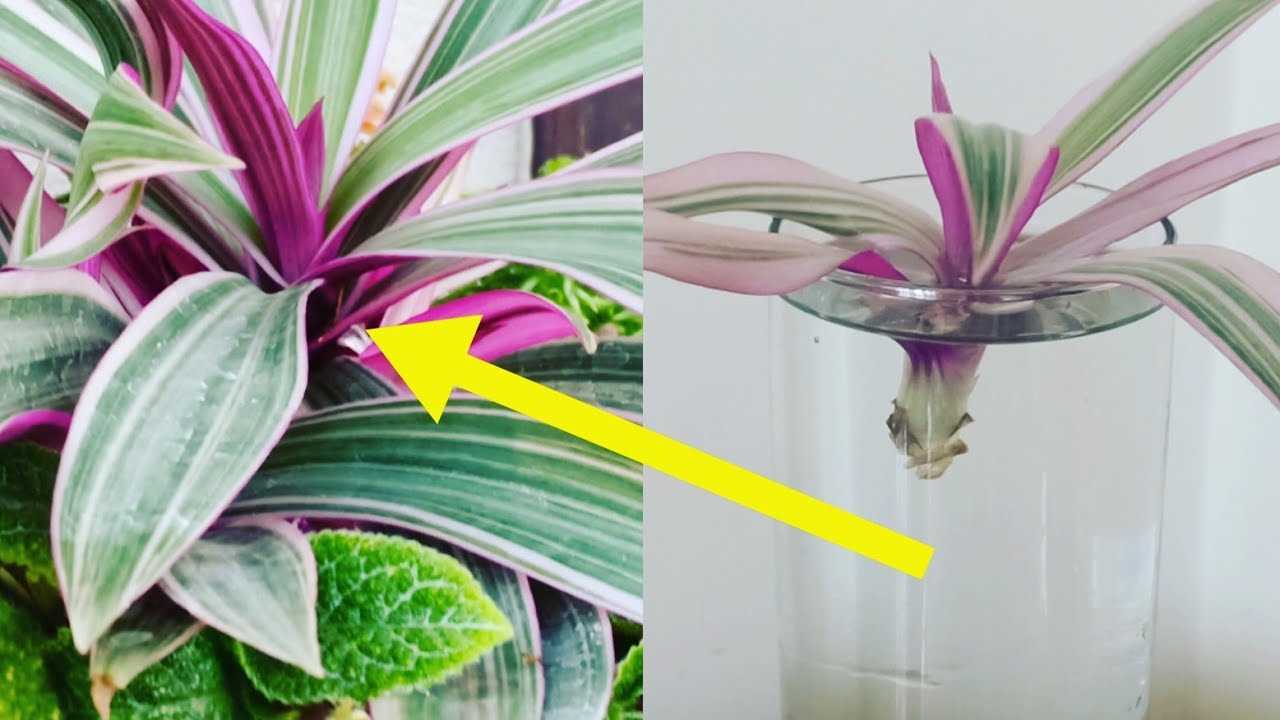

Before planting, prepare the soil by loosening it with a garden fork or tiller. Remove any rocks, weeds, or debris that could hinder the growth of your plants. It’s also a good idea to amend the soil with organic matter, such as compost or aged manure, to improve its fertility and drainage.
3. Dig the planting hole
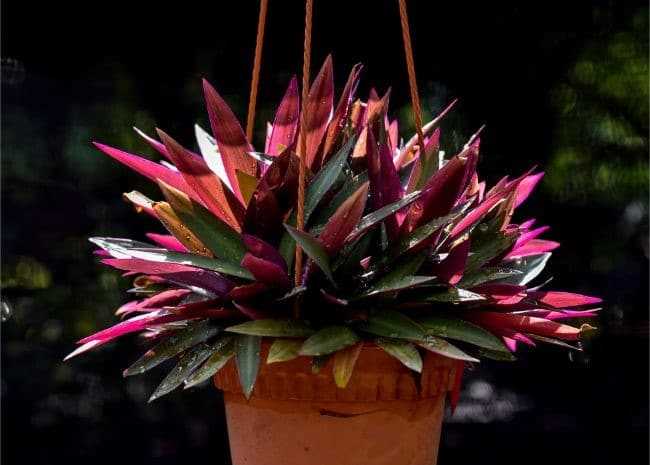

Dig a hole that is slightly larger and deeper than the root ball of your plant. Gently remove the plant from its container, being careful not to damage the roots. Place the plant in the hole, making sure it is centered and upright.
4. Backfill the hole
Fill the hole with soil, tamping it gently around the roots to remove any air pockets. Be careful not to pack the soil too tightly, as this can restrict root growth. Water the plant thoroughly to help settle the soil and eliminate air pockets.
5. Mulch around the plant
Apply a layer of mulch around the base of the plant, leaving a small gap around the stem to prevent rot. Mulch helps retain moisture, suppress weeds, and regulate soil temperature. Organic mulch, such as bark chips or compost, is recommended.
6. Water and fertilize regularly
Water your newly planted plants deeply and regularly to keep the soil moist but not waterlogged. Use a soaker hose or drip irrigation system to deliver water directly to the root zone. Regularly fertilize your plants with a balanced fertilizer to provide them with the necessary nutrients for healthy growth.
7. Monitor and maintain
Keep an eye on your plants for any signs of pests, diseases, or nutrient deficiencies. Prune or remove any dead or damaged growth to promote new growth. Regularly inspect the soil moisture level and adjust watering accordingly. Provide support, such as stakes or trellises, for tall or vining plants.
By following these planting techniques, you can ensure that your plants thrive and flourish in your home garden.
Watering and Fertilizing
Proper watering and fertilizing are essential for the health and growth of your plants. Here are some tips on how to water and fertilize your plants effectively:
Watering
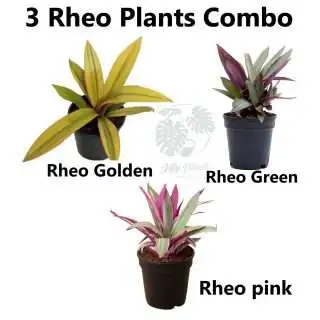

- Water your plants consistently. Different plants have different watering needs, but most plants prefer a regular watering schedule.
- Check the soil moisture before watering. Stick your finger about one inch into the soil to gauge if it is dry or moist.
- Water thoroughly. Ensure that the water penetrates the root zone of the plant. Shallow watering can lead to shallow root growth.
- Water in the morning or late afternoon. Avoid watering in the middle of the day when the sun is at its peak, as the water can evaporate quickly.
- Use a watering can or a soaker hose for a gentle and targeted watering. This prevents water wastage and helps in delivering water directly to the roots.
Fertilizing
- Use a balanced fertilizer that contains essential nutrients like nitrogen, phosphorus, and potassium.
- Follow the instructions on the fertilizer packaging for the correct dosage and frequency of application.
- Fertilize during the growing season. Most plants benefit from regular fertilization when they are actively growing.
- Avoid over-fertilizing, as it can lead to nutrient burn and damage to the plants.
- Apply the fertilizer evenly around the base of the plant or as directed on the packaging. Avoid direct contact with the plant foliage, as it can cause burns.
Remember, every plant has unique watering and fertilizing requirements. Observing your plants closely and adjusting your watering and fertilizing routine accordingly will help ensure their well-being and promote healthy growth.
Pruning and Maintenance
Pruning is an essential part of plant care that involves removing dead or diseased branches, shaping the plant, and promoting healthy growth. Regular pruning helps to maintain the plant’s shape and appearance, improves airflow and sunlight penetration, and prevents the spread of diseases and pests.
When to prune
The timing of pruning depends on the type of plant and its growth habit. Generally, it is best to prune in late winter or early spring before the new growth begins. However, some plants require pruning in different seasons. Research the specific needs of your plants to determine the best time to prune.
Tools for pruning
Having the right tools is crucial for effective pruning. Some common pruning tools include:
- Hand pruners: Used for pruning small branches and stems.
- Loppers: Ideal for pruning larger branches that are up to 2 inches in diameter.
- Hedge shears: Used for shaping hedges and trimming shrubs.
- Pruning saw: Essential for cutting through thick branches.
Make sure your tools are clean and sharp for precise cuts and to prevent the spread of diseases.
Pruning techniques
There are different techniques for pruning depending on the type of plant and the desired outcome. Some common pruning techniques include:
- Thinning: Removing select branches to improve airflow and reduce overcrowding.
- Heading back: Cutting back the tips of branches to encourage bushier growth.
- Deadheading: Removing spent flowers to promote new blooms.
- Renewal pruning: Cutting back older branches to rejuvenate the plant.
It is important to make clean cuts just above the bud or branch collar to promote healing and prevent damage.
Caring for pruned plants
After pruning, it is important to provide proper care for the plants to aid in their recovery and promote healthy growth. Some tips for caring for pruned plants include:
- Watering: Ensure the plants receive adequate water, especially during dry periods.
- Fertilizing: Apply a balanced fertilizer to provide essential nutrients for growth.
- Mulching: Add a layer of mulch around the base of the plants to conserve moisture and suppress weeds.
- Monitoring: Keep an eye on the pruned plants for any signs of stress or problems and take appropriate action.
By following proper pruning techniques and providing necessary care, you can keep your plants healthy and beautiful.
Dealing with Pests and Diseases
Pests and diseases can be a common challenge when growing plants at home. However, with proper care and attention, you can prevent and control these issues to ensure the health and well-being of your plants. Here are some essential tips for dealing with pests and diseases:
1. Identify the Problem
The first step in dealing with pests and diseases is to accurately identify the issue. Look for signs of pests such as holes in the leaves, discoloration, or sticky residue. Diseases, on the other hand, often present symptoms like spots, wilting, or fungal growth. By identifying the problem, you can take the appropriate action to address it.
2. Practice Good Hygiene
Maintaining good hygiene in your garden is essential to prevent the spread of pests and diseases. Remove any dead or diseased leaves and dispose of them properly. Clean your gardening tools regularly and avoid cross-contamination between plants. By practicing good hygiene, you can reduce the risk of infestations and infections.
3. Use Natural Remedies
Consider using natural remedies to control pests and diseases in your garden. For example, neem oil is an effective natural pesticide that can repel common garden pests like aphids and caterpillars. Additionally, using compost and organic fertilizers can help improve the overall health of your plants, making them less susceptible to diseases.
4. Introduce Beneficial Insects
Some insects are actually beneficial to your garden as they feed on pests. Introducing beneficial insects like ladybugs, lacewings, or praying mantises can help control pests naturally. These insects can significantly reduce the population of harmful pests, minimizing the need for chemical interventions.
5. Choose Resistant Varieties
When selecting plants for your garden, consider choosing varieties that are known to be resistant to common pests and diseases. These plants have natural defense mechanisms that can help them withstand attacks. Research which varieties are suitable for your region and specific garden conditions to minimize the risk of pest and disease problems.
6. Monitor Regularly
Regularly monitoring your plants is crucial to catch any signs of pests or diseases early on. Inspect your plants for any unusual symptoms, and take immediate action if you detect a problem. Early intervention can prevent the issue from spreading and causing significant damage to your plants.
7. Seek Professional Help if Needed
If you’re unsure how to deal with a particular pest or disease or if the problem persists despite your efforts, don’t hesitate to seek professional help. Local garden centers or agricultural extension offices can provide guidance and recommend appropriate treatments or interventions.
By following these tips, you can effectively deal with pests and diseases in your home garden. Remember, prevention is key, so providing your plants with proper care, nutrients, and a favorable environment will help keep them healthy and resilient.
Winter Care and Protection
Winter can be a challenging time for plants, especially those that are not well-suited to cold temperatures. However, with proper care and protection, you can help your plants survive the winter and thrive once the warmer weather returns.
1. Mulch
Applying a layer of mulch around the base of your plants can help insulate the soil, protect roots from freezing, and retain moisture. Organic mulch such as straw, leaves, or wood chips is ideal for this purpose. Apply a layer of mulch with a thickness of 2-3 inches, making sure not to cover the base of the plant.
2. Watering
Watering is essential even during winter, although you might need to adjust your watering schedule. Depending on the weather conditions, you may need to water your plants less frequently as they will require less water during the dormant period. However, it’s still important to monitor the soil moisture and water when needed.
3. Protecting from Frost
Frost can damage or kill certain plants. To protect them, cover them with a frost cloth or bed sheets before the temperature drops below freezing. Avoid using plastic covers, as they can cause excessive heat build-up and damage the plants. Remove the covers when the temperature rises during the day to allow air circulation.
4. Preventing Wind Damage
Strong winter winds can cause damage to plants by drying them out and breaking branches. To protect your plants from wind damage, you can create windbreaks using materials such as burlap or netting. Install the windbreak on the side where the prevailing winds come from to create a barrier and reduce the wind’s impact on your plants.
5. Pruning
Pruning is generally best done in late winter or early spring, but you can prune your plants in late autumn to remove dead or damaged branches. Be careful not to over-prune, as this can stimulate new growth that may not be able to survive the winter.
6. Plant Selection
One of the best ways to ensure winter care and protection is to choose plants that are suited to your climate. Select plants that are hardy and well-adapted to tolerate the winter conditions in your area. This will give your plants a better chance of surviving and thriving during the winter months.
By following these winter care and protection tips, you can help your plants stay healthy and prepare them for a strong start in the spring.
Q&A:
How often should I water my Rheo plant?
Rheo plants like to be kept moderately moist, so you should water them when the top inch of soil feels dry. In general, watering once a week should be sufficient, but you may need to adjust the frequency depending on the specific conditions in your home.
What kind of soil is best for Rheo plants?
Rheo plants prefer well-draining soil that is rich in organic matter. A good potting mix that contains peat moss, perlite, and vermiculite is ideal for these plants. Avoid using heavy or compacted soil, as it can lead to waterlogged roots.
How often should I fertilize my Rheo plant?
You should fertilize your Rheo plant every 2-4 weeks during the growing season, which is typically spring and summer. Use a balanced liquid fertilizer diluted to half strength. Be sure to follow the instructions on the fertilizer label for the correct dosage.
Can I propagate my Rheo plant?
Yes, Rheo plants can be easily propagated through stem cuttings. Simply take a cutting of a healthy stem with at least two nodes, remove the lower leaves, and place the cutting in a container with water. After a few weeks, roots should start to develop, and you can transfer the cutting to a pot with soil.
How much sunlight does my Rheo plant need?
Rheo plants thrive in bright, indirect sunlight. They can tolerate some direct sun, but too much can scorch their leaves. Place your Rheo plant near a window that receives bright, filtered light, or provide a sheer curtain to protect it from direct sunlight.
How do I prune my Rheo plant?
Pruning your Rheo plant is simple. Use clean, sharp scissors or pruning shears to remove any dead or yellowing leaves. You can also trim back any leggy or overgrown stems to promote bushier growth. Pruning should be done in the spring, just before the growing season begins.
Video:
9 Beginner Gardening Mistakes to Avoid ❌







